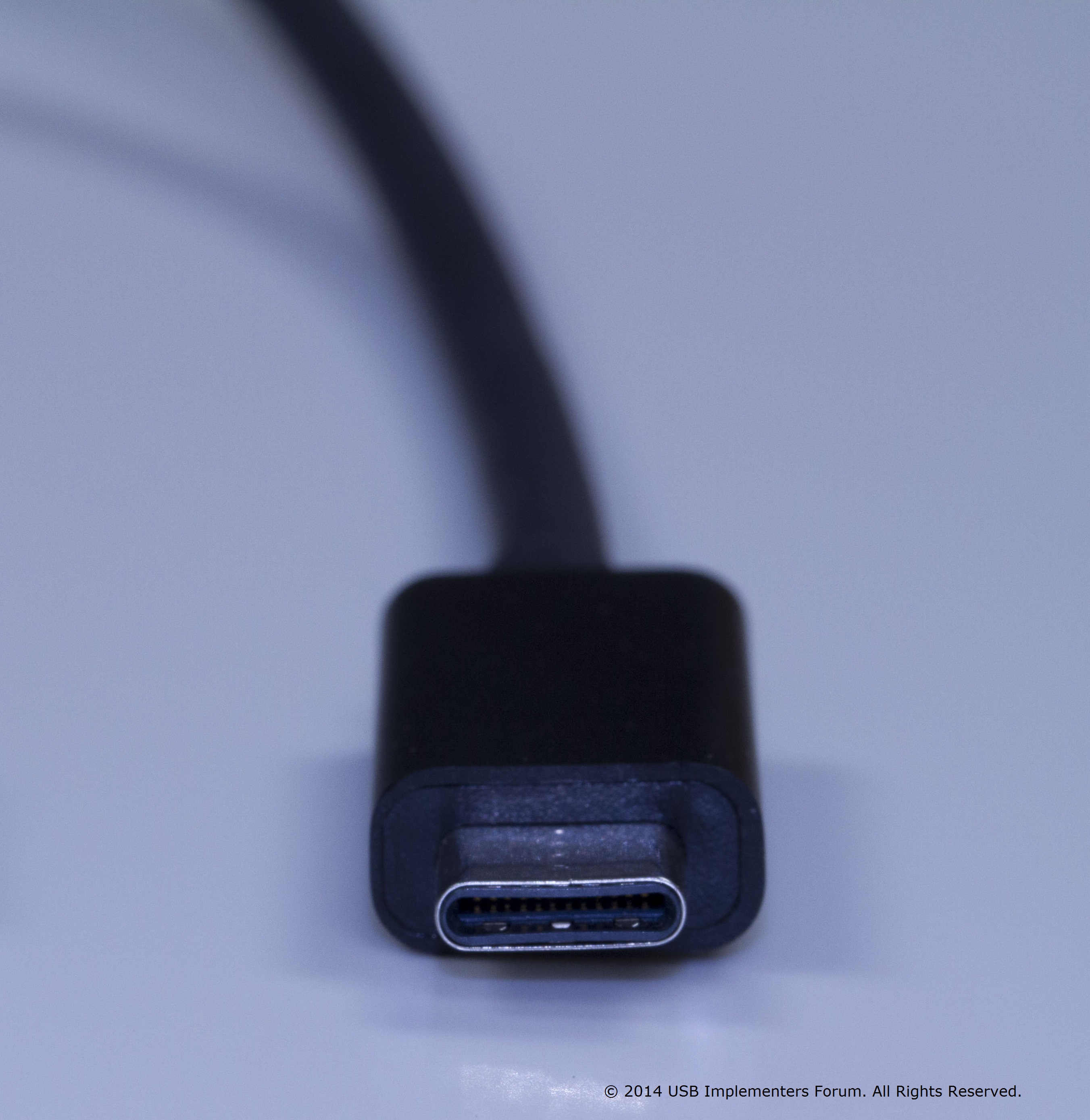Article
Portable vs external hard drive: Which one to buy | Gadgets Now
My Comments
The type of outboard storage devices is becoming differentiated in to two distinct classes – a desktop-grade “external” device and a smaller “portable” device.
Typically, a desktop-grade “external” hard disk or enclosure will house a 3.5” or larger desktop-grade storage device intended for installation in a traditional desktop computer or a server. As well, they will have their own power supply that could be provided using integrated electronics or a power brick like what you would use for a laptop computer. Better designs may offer their own USB hub that will allow you to connect more USB devices to your computer or other functions or some will even be multiple-disk RAID setups. This class of device also extends to external graphics modules or USB expansion
On the other hand, a portable hard disk or enclosure will house a 2.5” or smaller storage device and be powered from the host computer via its USB port. Here, they are being optimised for use on the road and the hard disks will implement data-protection measures to factor the unpredictable nature of this use. These units will typically be more expensive “per gigabyte” compared to the desktop-grade units.
Hard-disk-based devices will use a 3.5” drive spinning at 7200rpm for external units or a 2.5” drive spinning at 5400rpm for portable units. It is assumed that the higher-speed drives will offer better data-access performance over the lower-speed devices. There are solid-state-storage devices being released as outboard storage devices, primarily for portable use most of these devices will be more expensive per gigabyte than portable hard disks.
The desktop-grade “external” devices may be a better solution if you intend to have the device staying at one location all the time. This could be to cater towards extra storage for a desktop or laptop computer where you intend to use the data at home or the workplace, to expand a NAS’s storage capacity or to connect to a router for use as a baseline NAS.
On the other hand, the portable devices can be useful if it is very likely that you will take your data with you or move the device around. This could be to: use as external backup or offload storage for your laptop computer; to store a disk full of confidential data in a locked filing cabinet and only connect the disk to your computer on an “as-needed” basis; create a “grab and run” backup of critical data; or to have a large amount of data that could be used on other computers.
What is worth noting is that the portable devices will be designed to be able to handle unpredictable storage environments where there is a likelihood of increased movement. This is while desktop “external” hard disks are primarily useful for a normally-sessile usage environment.




